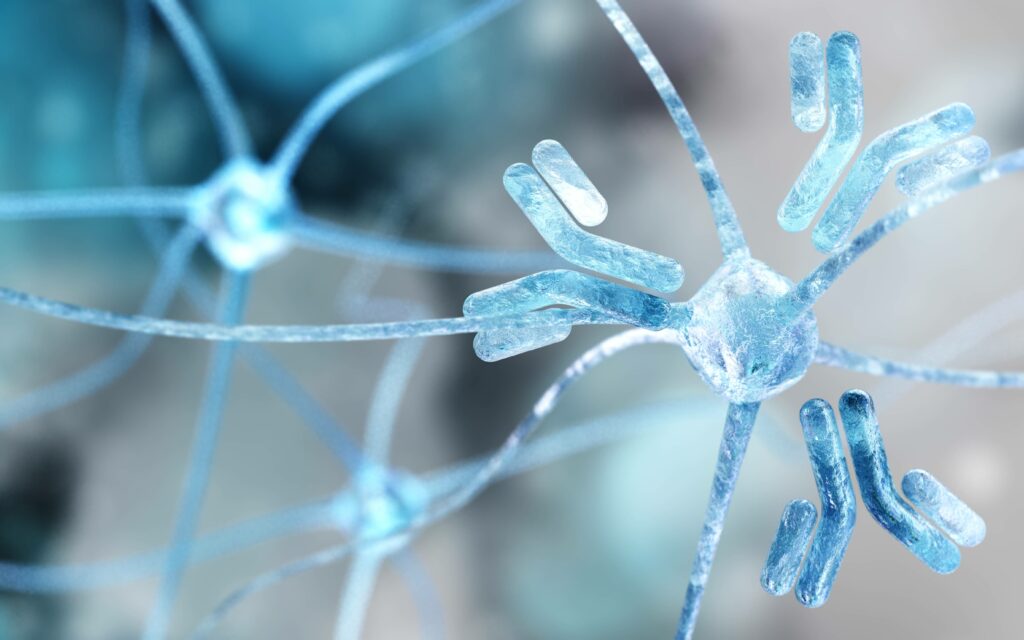This is the fourth of five posts in which I reply to Dr. Ian Musgrave’s “Open Letter to Dr. Michael Behe” on the Panda’s Thumb blog.
And now let’s talk about Dr. Musgrave’s “core argument,” that subsequent to the virus leaping to humans from chimps Vpu developed the ability to act as a viroporin, allowing the leakage of cations which helps release the virus from the cell membrane. Yes, I’m perfectly willing to concede that this does appear to be the development of a new viral protein-viral protein binding site, one which I overlooked when writing about HIV. So the square point in Figure 7.4 representing HIV should be placed on the Y axis at a value of one, instead of zero, and Table 7.1 should list one protein-binding site developed by HIV instead of zero.
One should, however, also make some distinctions with this example. First, although there apparently are five or so copies of Vpu in the viroporin complex, that does not mean that five binding sites developed. Only one new binding site need develop for one area of a protein which binds to a different area of the same protein, to form a homogeneous complex with, say, C5 symmetry. That is all that is required for a circularly symmetric structure to form. Second, the viroporin is not some new molecular machine. There is no evidence that it exerts its effect in, say, an ATP- or energy-dependent manner. Rather, similar to other viroporins, the protein simply forms a passive leaky pore or weak channel. (4,5) This situation is probably best viewed as a foreign protein degrading the integrity of a membrane, rather than performing some positive function.
And third, I explicitly pointed out in Chapter 8 of The Edge of Evolution that HIV had undergone enough mutating in past decades to form all possible viral-viral binding sites, but commented that apparently none of them had been helpful (now I know that one of them helped). This I discussed as the “principle of restricted choice”:
A third reason for doubt is the overlooked problem of restricted choice. That is, not only do new protein interactions have to develop, there has to be some protein available that would actually do some good. Malaria makes about 5,300 kinds of proteins. Of those only a very few help in its fight against antibiotics, and just two are effective against chloroquine. If those two proteins weren’t available or weren’t helpful, then, much to the joy of humanity, the malarial parasite might have no effective evolutionary response to chloroquine. Similarly, in its frantic mutating, HIV has almost certainly altered its proteins at one point or another in the past few decades enough to cover all of shape space. So new surfaces on HIV proteins would have been made that could bind to any other viral protein in every orientation. [Emphasis added here.] Yet of all the many molecules its mutated proteins must have bound, none seem to have helped it; no new protein-protein interactions have been reported. Apparently the choice of proteins to bind is restricted only to unhelpful ones. (pp. 157-158)
So Dr. Musgrave’s “core argument” turns out to be a decidedly double-edged sword. Yes, one overlooked protein-protein interaction developed, leading to a leaky cell membrane. However, in the past fifty years many, many more potential viral protein-viral protein interactions must have also developed but not been selected because they did the virus little good. That, dear readers, is “restricted choice,” a very large contributor to the edge of evolution.
